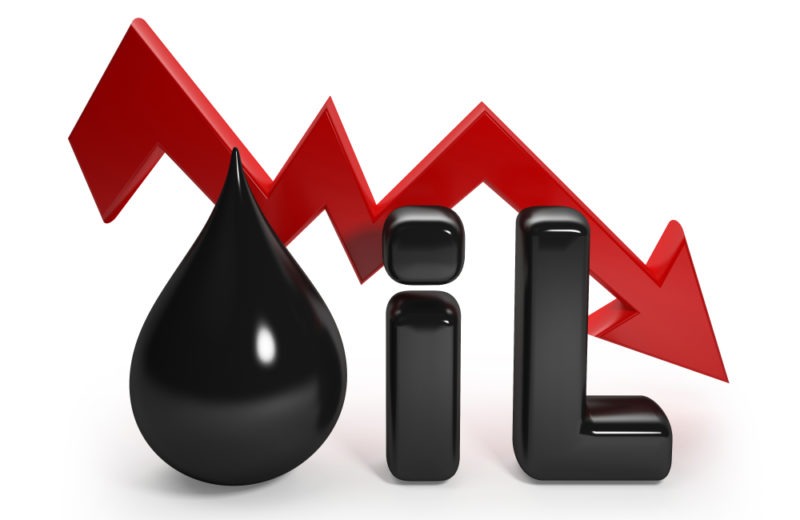Key Points
- Oil Prices rose, Brent crude oil reached $89.32 per barrel, up 2%, and WTI at $83.86, up 0.5%.
- Middle East tensions and US policy changes affect market sentiments.
- Weak US GDP growth raises concerns about reduced fuel consumption.
Oil markets have seen notable changes this week, with Brent crude oil reaching $89.32 per barrel, marking a 2% increase, while West Texas Intermediate (WTI) has seen a more modest rise to $83.86 per barrel, up about 0.5%. These fluctuations in oil prices are influenced by a combination of factors, including tighter oil supplies, geopolitical tensions in the Middle East, and macroeconomic indicators that suggest a weakening in the US economic outlook.
Impact of Middle East Geopolitics on Oil Prices
Recent geopolitical unrest, particularly in the Middle East, has significantly impacted global oil prices. The ongoing conflicts in Gaza, with increased military actions by Israel and continued aggression from Hamas, have heightened tensions. However, the absence of a new conflict with Iran has mitigated the risk premiums previously associated with oil prices. Additionally, the US has intensified its support for Israel, with President Joe Biden approving increased military aid, adding another layer of complexity to the geopolitical landscape that could sway oil market sentiments.
GDP Growth Fears and High Inflation Impact on Oil Prices
In the United States, recent economic data have shown weaker-than-expected GDP growth, which has raised concerns about a potential slowdown in domestic fuel consumption. High inflation rates and the potential adjustments in interest rates could further exacerbate this slowdown. The GDP Price Indicator came in higher than anticipated for Q1, with attention now turning to the Personal Consumption Expenditures (PCE) Price Index, a critical measure for the Federal Reserve in assessing inflation and making interest rate decisions. Market participants await this upcoming release, which could significantly influence market dynamics.
Market Speculation in Response to US Economic Outlook
The market has reacted to these economic uncertainties with a cautious approach. Concerns over high inflation and potentially higher interest rates have overshadowed economic growth prospects. Therefore, this has influenced trading behaviors and speculative activities in the oil markets. Traders appear to be positioning for no immediate cuts in interest rates by the Federal Reserve, which could temper expectations for increased oil demand.
Historical Oil Prices and Market Outlook
Compared to historical levels, oil prices today are still lower than the peaks seen in early April. This indicates that the market has adapted to recent geopolitical and economic events. However, with new economic data on the horizon and ongoing developments in global hot spots, there is potential for further volatility. Traders and economists closely monitor these indicators. Meanwhile, the oil market demonstrates the complex interactions among supply, demand, and geopolitical factors. This complexity highlights the volatile nature of global oil prices.














